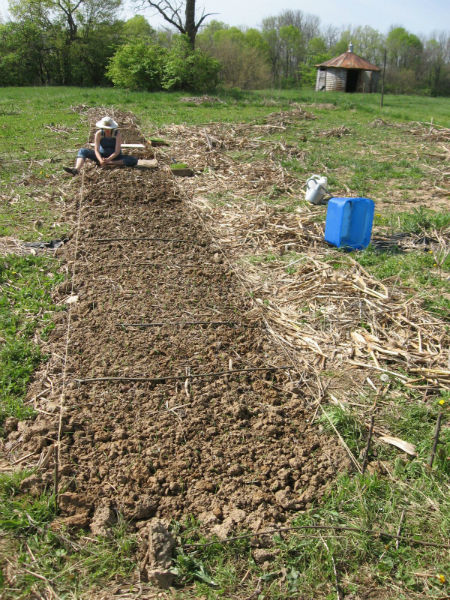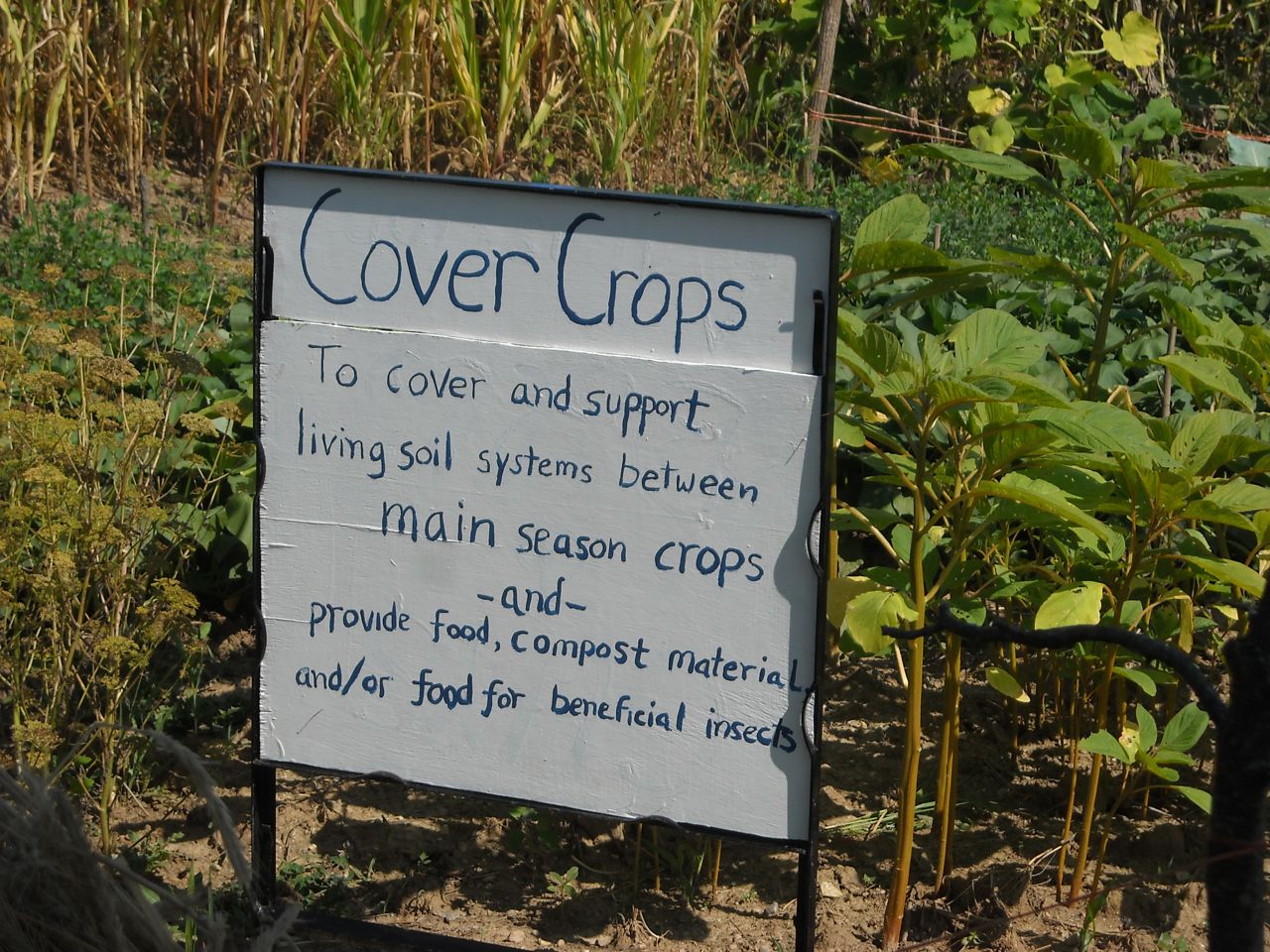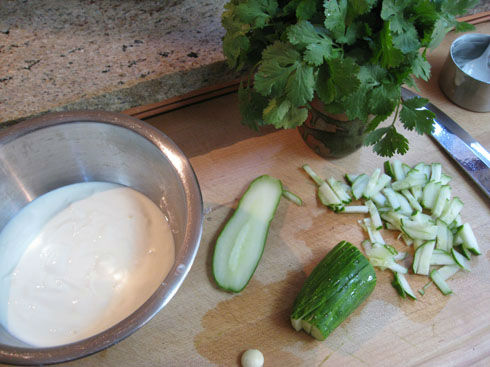When I spent three days learning the ways of GROW BIOINTENSIVE (GB) with John Jeavons and his team at Ecology Action in Willits, CA in 2009, two of my instructors were Margo and Dan Royer-Miller. They were completing several years of training and were about to move to their own farm to implement the GB methods in a real-life situation. Some of you may remember that Dan was my inspiration for building my own solar food dryer. Here is Dan’s synopsis of how GB works to grow everything you need in order to live on less land and resources on this planet:
When my wife and I set out on the path to learn how to grow food, we had no idea where it would lead. We weren’t sure if we would enjoy the roller coaster ride of farming, or that we could even handle the tedious all-weather labor. Seven and a half years later, we find ourselves having carved out an eighth of an acre in the heart of conventional agriculture, coming close to growing a whole diet in a sustainable way, and teaching the method we use, namely Grow Biointensive (GB).

Margo plants their first double-dug bed
This system was compiled by John Jeavons and Ecology Action, but actually consists of principles used by cultures as far back as ancient Greece, Rome, and China, and as recently as the French Intensive method in the turn of the last century. Each situation had something in common: farmers needed to grow sufficient food for areas of intense population without, of course, mechanization. It also needed to be done within or immediately surrounding the actual population centers, because there was no way to transport produce long distances without spoilage. And, finally, it had to be done in a way that didn’t deplete the soil. China’s own system relied on fields being cultivated continually for over 4,000 years!
These days we have different priorities. Mechanization allows one person to single-handedly tend thousands of acres. Petroleum makes it possible for us to eat fruit from the other side of the world mere days after it is harvested. And we can buy substitutes for the nutrients and fertility that we farm out of our soil. But, knowing what we’ve observed in the past few years, it is hard to believe that this system will be able to feed us for four millennia.

And so we turn to one of many solutions: Grow Biointensive. The underlying virtue of GB is the capacity to grow an entire diet on as little land as possible, while maintaining the soil’s fertility. That’s not to say it isn’t also a great way to cultivate flowers or vegetables, or even to make an income. The goal of GB, though, is to be responsible stewards of the resources we have been given: clean water, land, and our own health.
Grow Biointensive can be boiled down to 8 principles: compost application, deep soil preparation, intensive plant spacing, companion planting, carbon farming, calorie farming, open-pollinated seeds, and farming as a whole system.
Hexagonal planting spacing (okay, and a few weeds…)
- Application of compost returns the organic matter that is depleted while growing plants.
- Deep soil preparation creates pore space for air and water in the soil, and allows for better root penetration.
- Intensive plant spacing, or transplanting closely together in beds instead of rows, allows more plants to be grown in a given space.
- Companion planting is a method that reduces pests and disease and enhances vitality of crops.
- Carbon farming means planning your garden so that you can produce enough compost material to meet your garden’s compost needs from within, so you don’t have to import fertility.
- Calorie farming is short-hand for planning your garden around dietary needs.
- Using open-pollinated seeds means a farmer can save his or her own seeds, relying less on outside sources.
- And whole-system refers to using every part together for the benefit of the garden’s (and soil’s) long-term health.

Companion planting with corn, amaranth and peppers for a stronger garden
Like any other technique of coaxing food and beauty from your land, Grow Biointensive takes time to perfect, and differing situations call for different applications of it. But its glory is that it can be used successfully anywhere in the world.
Dan and Margo’s blog, Circle in the Sun, chronicles their journey toward fully-sustainable homesteading. They teach Grow BioIntensive methods in Ohio and raise their young son.



